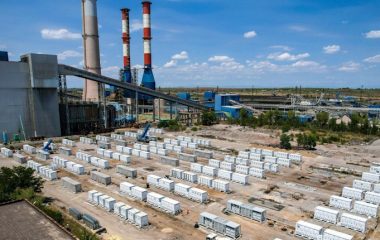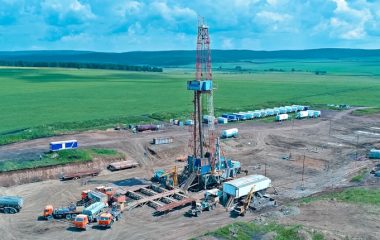
Photo: NxTide from Pixabay
The number of prosumers in Romania hit 100,000 in November while total installed capacity at the end of December is estimated at 1,400 MW. The solar boom that started in 2020 isn’t slowing down.
Last year Romania installed a record 1 GW of new solar capacity, which represents a 308% surge. In 2023, the cumulative level in the country – the distributed and utility-scale segments combined – reached 2.85 GW. It generated 2.5 TWh or about 5% of the total electricity output, according to Economica.
At the end of 2021, prosumers’ installations accounted for 85 MW. A year ago the capacity reached 417 MW. SolarPower Europe said that it grew to 1,164 MW by the end of November.
At the end of 2019 only 303 households, firms, and institutions were prosumers
Officials from transmission system operator Transelectrica and Romanian Energy Regulatory Authority – ANRE estimated that the total capacity of prosumers’ installations climbed to 1,400 MW by the last day of December 2023.
The capacity of solar panels owned by citizens and firms is often compared to the capacity of the country’s sole nuclear power plant Cernavodă, which has 1,300 MW. However, total production cannot be compared.
Still, there is no doubt that the number of prosumers reached 100,000, the news outlet reported.
Of note, ANRE said the number of prosumers in the country tripled in 2022 to more than 40,000. At the end of 2019 only 303 households, firms, and institutions had such a status.
What 2024 brings for prosumers
It is clear the solar boom will go on, the article adds, outlining the factors that could speed up or slow the pace of installing photovoltaic panels in Romania in 2024.
Among the incentives are the continuation of the Casa Verde Fotovoltaice 2023 program with subsidies for 80,000 applicants, the RePowerEU program with grants worth EUR 1.1 billion, the motivation among businesses to use solar panels to lower costs and achieve good environmental, social and governance (ESG) score, which is important to obtain financing, and the electrification of transport.
The factors that could slow the trend include the increase of the value-added tax for photovoltaic panels to 9% from 5%, capped electricity prices and the possibility that administrative limitations restrain explosive growth of prosumers.
Of note, according to the results of a survey published in October, more than half of the population of Romania (52.2%) intended to install photovoltaic systems within two years.


















Be the first one to comment on this article.